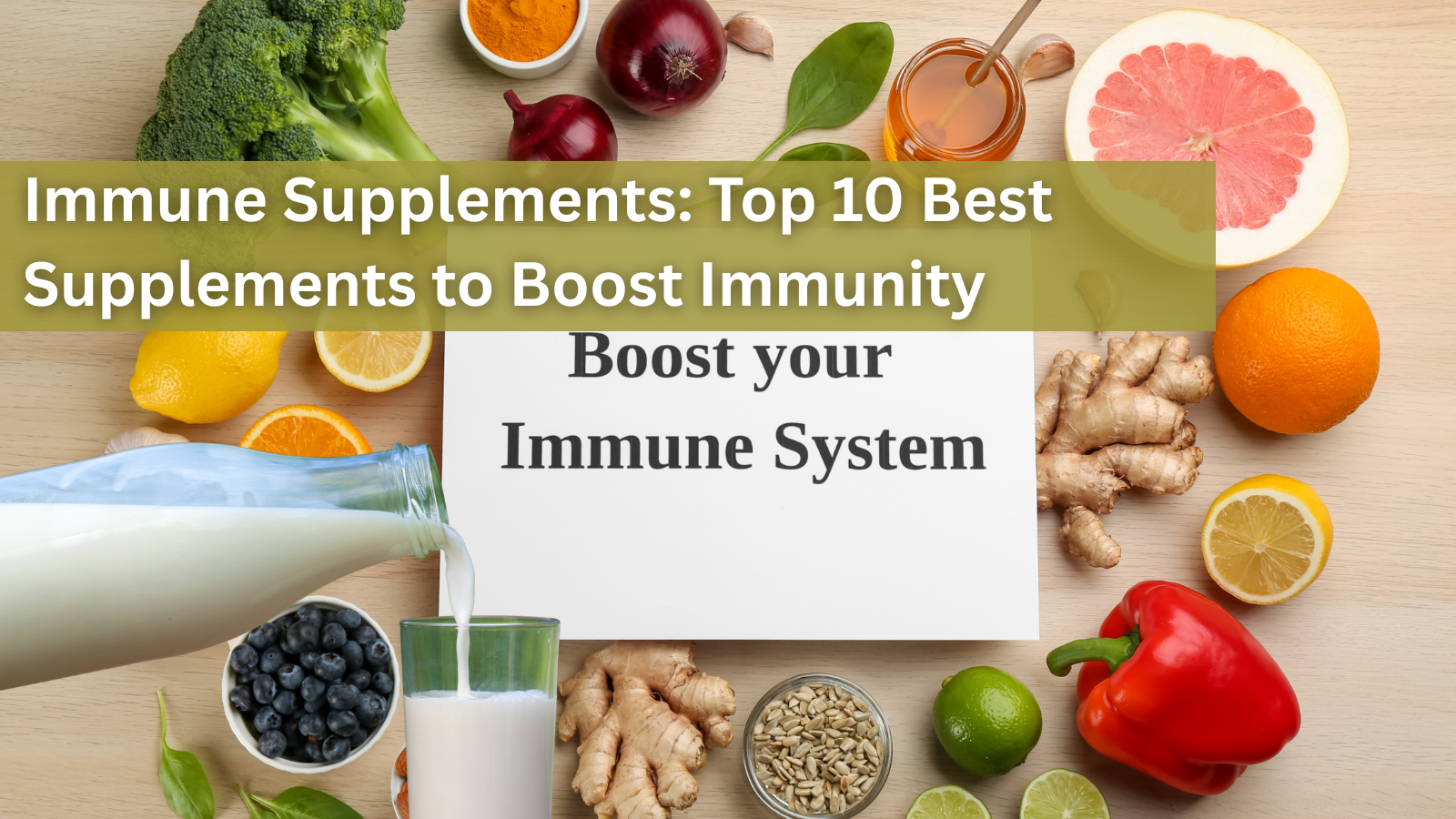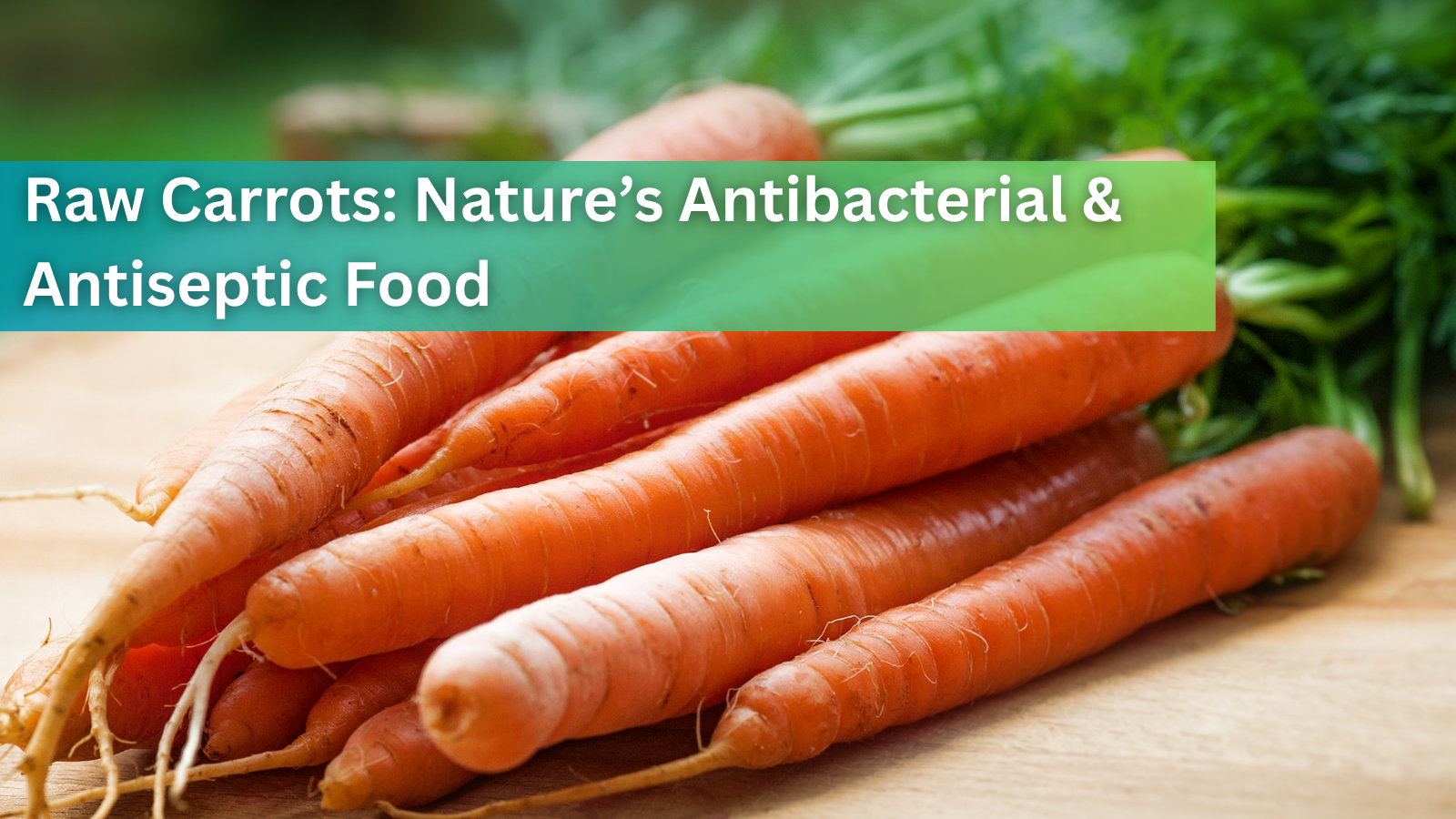The Incredible Benefits of Lettuce for Human Health

In the world of nutrition, lettuce often takes a back seat to its more colorful, nutrient-packed counterparts like kale and spinach. However, recent research highlights that this humble leafy green deserves more recognition than it's typically given. Despite extensive consumption across various cuisines worldwide, the health benefits of lettuce have been largely studied in vitro, but the available evidence is promising.
1. Antioxidant Bioactivity
Lettuce is known for its ability to scavenge reactive oxygen species (ROS) and decrease free radicals induced by oxidative stress. While lettuce's antioxidant capacity isn't as high as other vegetables, red or purple pigmented lettuce varieties show higher antioxidant activity compared to green ones. These antioxidants can help combat oxidative stress, potentially reducing the risk of chronic diseases.
2. Anti-inflammatory Effects
Lettuce exhibits significant anti-inflammatory effects, particularly from its high concentrations of quercetin glycosides and other phenolics like feruloyl tartaric acid and chlorogenic acid. These compounds reduce the formation of reactive oxygen species (ROS) and inhibit the expression of proteins involved in inflammation, such as inducible nitric oxide synthase (iNOS) and cyclooxygenase-2 (COX-2).
3. Antidiabetic Potential
Emerging studies suggest lettuce may play a role in managing diabetes. In vitro studies demonstrate that certain lettuce extracts can reduce glucose production, potentially offering an antidiabetic effect. While more human studies are needed, these findings provide a foundation for further exploration.
4. Anticancer Properties
Lettuce has also shown potential anticancer properties. In particular, red-pigmented lettuce varieties can inhibit the proliferation of certain cancer cell lines, including lung adenocarcinoma, hepatoma, colorectal adenoma, and colon cancer cells. These effects suggest that lettuce may be a useful component of a diet aimed at cancer prevention.
5. Varied Antioxidant Capacity
The antioxidant activity of lettuce can vary based on the cultivar, plant part, and harvest time. Looseleaf and romaine varieties generally exhibit higher antioxidant activities than butterhead and crisphead cultivars. Additionally, outer leaves tend to have higher antioxidant activities than inner leaves or stems.
6. Rich in Phenolic Compounds
Phenolic compounds, particularly dicaffeoyl tartaric acid and quercetin, contribute significantly to the antioxidant capacity of lettuce. These compounds not only provide antioxidant benefits but also play roles in other health-promoting activities, enhancing lettuce's nutritional profile.
7. Supporting Digestive Health
While primarily studied in vitro, lettuce has demonstrated the ability to support digestive health. Its fiber content aids in digestion, and its phenolic compounds may influence gut microbiota positively, although more research is needed to confirm these effects in humans.
In conclusion, while lettuce might not have the highest nutrient density compared to other leafy greens, its various health benefits make it a worthy addition to any diet. From its antioxidant and anti-inflammatory properties to its potential roles in diabetes management and cancer prevention, lettuce provides diverse benefits that shouldn't be overlooked. For those eager to incorporate more healthy foods into their diet, lettuce offers a simple yet effective option.
Dr. Clark's Recommendations for Eating Lettuce:
Given the high risk for pathogens on lettuce, Dr. Clark recommended thorough washing, and soaking with Lugol's Iodine for at least 1 minute, which kills Ascaris eggs and other living parasites. For pesticides, rinse again with baking soda and water.
Whether you're adding it to salads, sandwiches, or smoothies, don't underestimate the health-boosting potential of this leafy green!
Summary of Sources
1. Antioxidant Bioactivity
-
Martínez-Sánchez, A., Gil-Izquierdo, A., Gil, M. I., & Ferreres, F. (2008). A comparative study of flavonoid compounds, vitamin C, and antioxidant properties of baby leaf Brassicaceae species. Journal of Agricultural and Food Chemistry, 56(7), 2330–2340.
-
Nicolle, C., Cardinault, N., Aprikian, O., Busserolles, J., Grolier, P., Rock, E., & Demigné, C. (2004). Effect of carrot and red lettuce consumption on cholesterol metabolism and antioxidant status in cholesterol-fed rats. European Journal of Nutrition, 43, 237–245.
Summary: Highlights the antioxidant effects of red lettuce varieties.
2. Anti-inflammatory Effects
-
Makhlouf, H., Ben Khedir, S., Boulila, A., & Elfeki, A. (2019). Hypoglycemic, antioxidant, and anti-inflammatory potential of lettuce. Biomedicine & Pharmacotherapy, 109, 179–185.
-
Ninfali, P., & Angelino, D. (2013). Nutritional and functional potential of Beta vulgaris cicla and rubra. Fitoterapia, 89, 188–199.
-
Abdel-Moneim, A., El-Nekeety, A. A., & Abdel-Wahhab, M. A. (2015). Antioxidant and antihyperglycemic effects of lettuce extract in diabetic rats. Toxicology and Industrial Health, 31(12), 1166–1175.
-
Yoo, K. M., Lee, C. H., Lee, H., Moon, B., & Lee, C. Y. (2008). Relative antioxidant and cytoprotective activities of common herbs. Food Chemistry, 106(3), 929–936.
-
Kim, S., Kim, D. B., Jin, W., Park, J., & Jin, C. G. (2016). Cancer chemopreventive effects of red pigmented vegetables cultivated in Asia. Pharmaceutical Biology, 54(2), 202–211.
-
Park, Y., Jeong, H. W., Kang, S., & Shin, M.-H. (2014). Phenolics in lettuce support anticancer activity against human adenocarcinoma cells. Food Chemical Toxicology, 62, 916–926.
Summary: Details the inhibitory effects of lettuce-derived phenolic compounds on cancer cell lines.
5. Varied Antioxidant Capacity
-
Llorach, R., Martínez-Sánchez, A., Tomás-Barberán, F. A., Gil, I., & Ferreres, F. (2008). Flavonoid profiles in lettuce varieties and their antioxidant activity. Journal of Agriculture and Food Chemistry, 56(18), 9848–9855.
6. Phenolic Compounds
-
Pérez-Balibrea, S., Moreno, D. A., & García-Viguera, C. (2008). Improving the phytochemical composition of broccoli sprouts by elicitation. Science of Food and Agriculture, 199, 133–140.
Summary: Details the dicaffeoyl tartaric acid and quercetin presence in leafy vegetables like lettuce.
-
Behr, M., Neumüller, K., & Pollak, A. (2021). Exploring phenolic content in leafy greens. Journal of Food & Agriculture.
Summary: Discusses phenolic compounds' role in elevating nutritional properties in lettuce.
7. Digestive Health
-
Surget, A., & Cillard, J. (2005). Nutritional advantages of naturally containing fiber-rich foods. Trends in Food Science & Technology, 16(7), 403–409.
Summary: Explores the impact of dietary fiber, including from lettuce, on digestion.
-
Jacobs, D. R., Pereira, M. A., & Meyer, K. A. (2000). Fiber from leafy greens and its gut microbiota role. American Journal of Clinical Nutrition, 71(4), 975–979.

September 27, 2025
Immune Supplements: Top 10 Best Supplements to Boost Immunity
Are you looking for effective ways to enhance your body’s natural defense? Immune supplements have become popular choices to support the immune system booster function, especially in times of increased illness risk. With so many products...
Read more
September 27, 2025
Cell Phone and WiFi Safety: How to Prevent and Treat EMF Damage and Electrosensitivity
Electrohypersensitivity (EHS), often called electrosensitivity, has been a polarizing and increasingly relevant issue over the past decade and a half. Since the number of people identifying with these symptoms continues to grow exponent...
Read more
September 27, 2025
Raw Carrots: Nature’s Antibacterial & Antiseptic Food
For most of us, carrots are simply a crunchy snack or a source of vitamin A. But according to researcher Ray Peat, PhD, raw carrots offer something more unusual: they act as a kind of natural antiseptic inside the gut, helping to contro...
Read more




Leave a comment